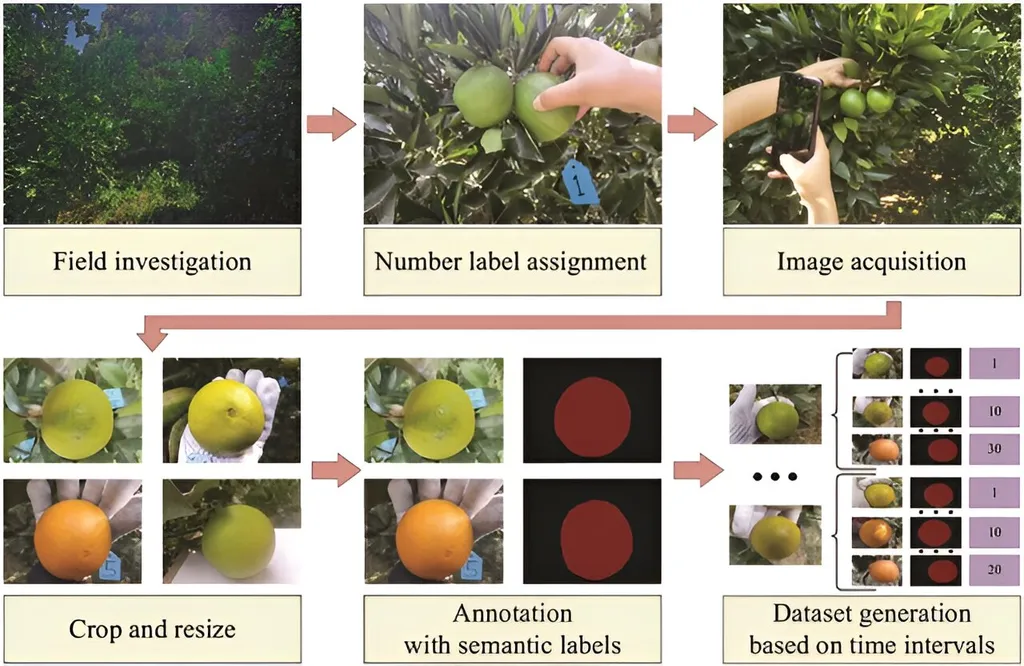In the ever-evolving landscape of agriculture, the marriage of artificial intelligence (AI) and machine learning (ML) is unlocking new avenues for understanding and optimizing plant growth. A recent study published in *Smart Agricultural Technology* has shed light on the intricate dance of leaf nutrients that governs the growth of citrus trees, with significant implications for the agriculture sector.
The research, led by Mojtaba Mahmoudi of the Soil and Water Research Department at the Mazandaran Agricultural and Natural Resources Research and Education Center in Iran, employed a sophisticated computational framework to decode the complex, non-linear relationships between leaf mineral nutrients and crown diameter—a critical growth parameter in citrus nursery systems. The study identified seven key minerals (N, P, K, S, Ca, Fe, Zn) that play a pivotal role in seedling vigor, while others like Mg, Mn, and Cu showed no significant associations with growth.
The study’s innovative use of a dual-metric feature selection approach—combining correlation and mutual information—allowed the researchers to pinpoint these key nutrients. “This method enabled us to capture the intricate synergies and antagonisms between different nutrients, which traditional approaches often overlook,” Mahmoudi explained.
The research also benchmarked various machine learning models to predict growth outcomes. The Generalized Regression Neural Network (GRNN) emerged as the top performer, achieving an impressive accuracy with a training R² of 0.94 and a testing R² of 0.64. This model significantly outperformed others like Random Forest (RF), Multilayer Perceptron (MLP), Support Vector Regression (SVR), and Multiple Linear Regression (MLR).
One of the most striking findings was GRNN’s ability to model nutrient interactions, such as the synergistic effects of K-P-S enrichment and the inhibitory impact of Zn. Leveraging this insight, the researchers used a genetic algorithm to optimize nutrient levels, achieving a remarkable 45.6% enhancement in crown diameter. This was accomplished by increasing the levels of N, K, S, P, Ca, and Fe while decreasing Zn.
The study’s findings challenge the conventional wisdom that crop growth is governed by isolated nutrient sufficiency thresholds. Instead, it underscores the importance of nutrient equilibrium. “Our results validate that crop growth is a complex interplay of nutrient interactions, not just individual sufficiency,” Mahmoudi noted.
The commercial implications of this research are profound. By providing a data-driven approach to precision nutrient management, farmers can optimize their practices to enhance yield and quality. This could lead to significant cost savings and improved sustainability in citrus nurseries and beyond.
Looking ahead, the GRNN-GA framework developed in this study could revolutionize how we approach nutrient management in agriculture. As Mahmoudi envisions, “This computational intelligence could be extended to other perennial crops, offering actionable strategies for precision agriculture on a global scale.”
In an era where technology and agriculture are increasingly intertwined, this research stands as a testament to the power of AI and ML in decoding the mysteries of plant growth. As we continue to push the boundaries of what’s possible, the future of agriculture looks brighter—and more precise—than ever before.

